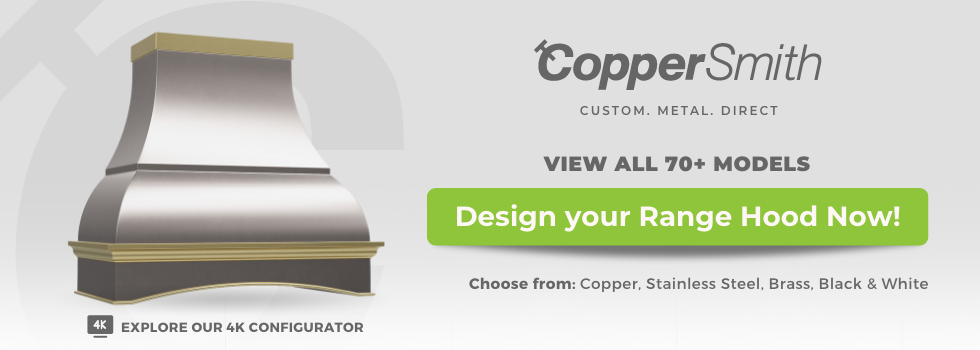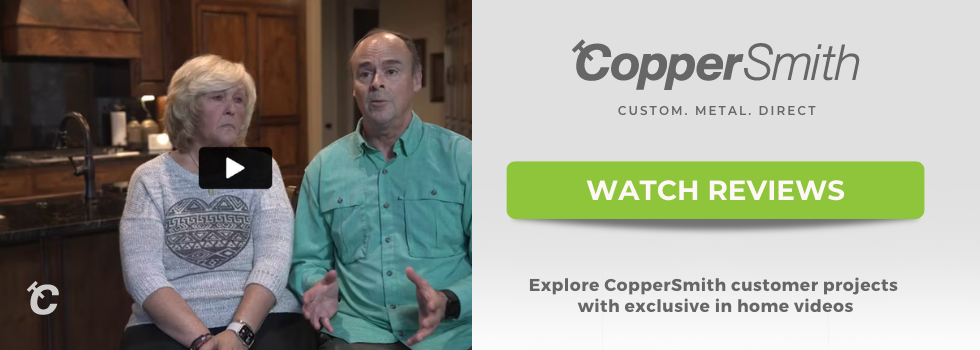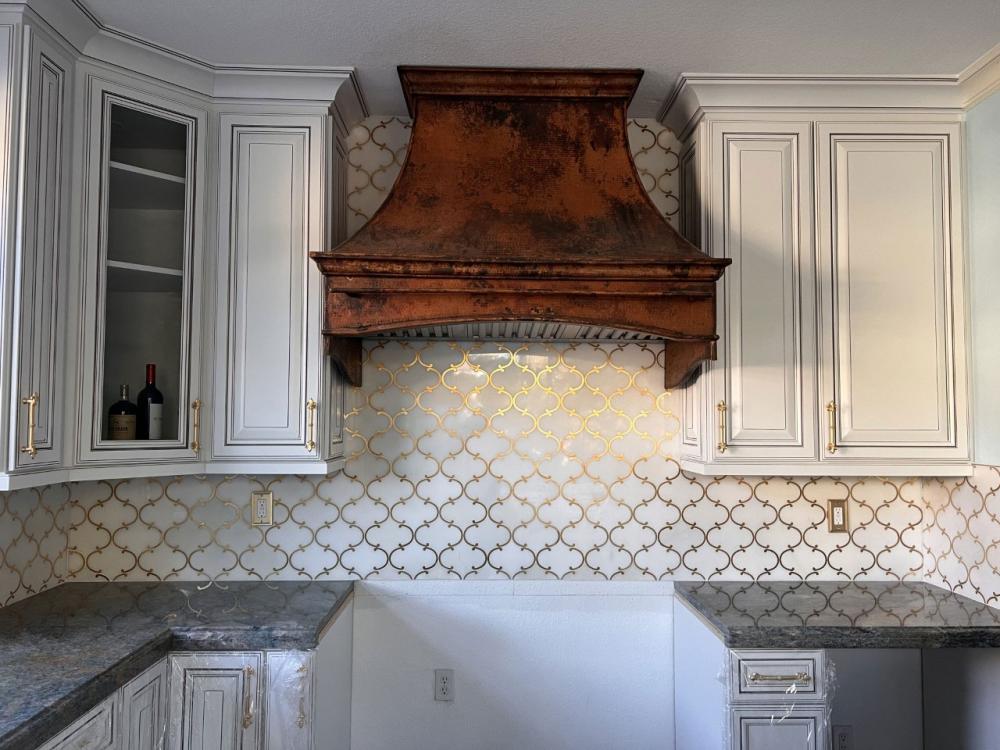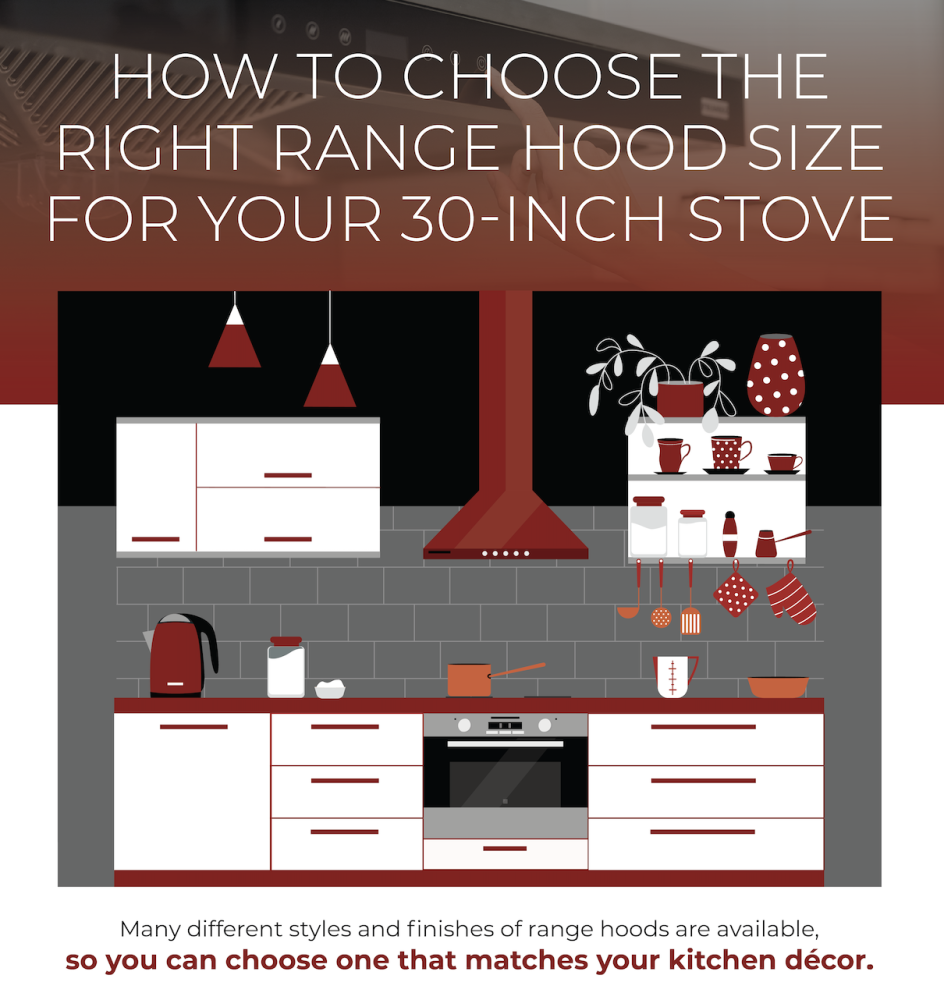
Range hoods are a crucial part of your kitchen's ventilation system. So selecting the right size range hood for your kitchen is essential for proper grease and smoke removal.
When buying a new range hood, how big should it be? Should the hood be the same size as the stove or broader?
The answer to this question depends on the type of stove you have and the type of hood you intend to install.
This article will go over the different dimensions for different hood ranges so you can be sure of the size you need your hood range to be.
The Purpose of a Range Hood
Venting is essential to remove fumes, steam, and odors from cooking food. The primary function of a hood range is to remove smoke, fumes, gases, and grease from your kitchen while you cook.
Additionally, it also helps keep the air clean.
The size of range hood you need will depend on what type of hood ventilation system you want and whether your stove will be used indoors or outdoors.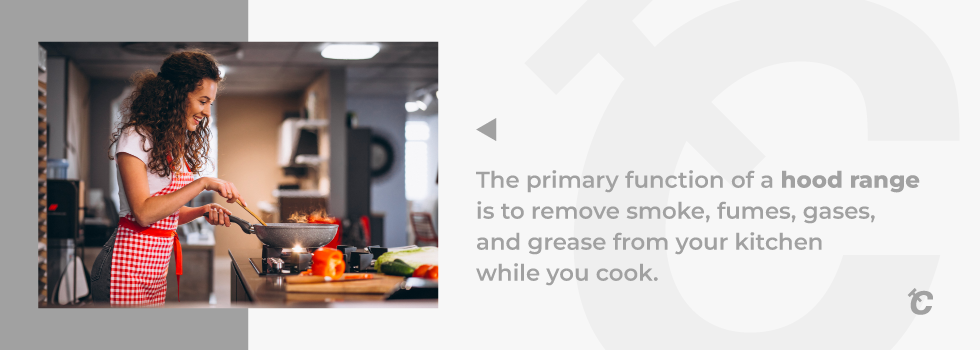
Indoor Hood Ranges
When shopping for a range hood for your 30-inch stove, it's essential to know what range you want before looking for the correct size.
You don't want to purchase something that doesn't work well or spend money on something that won't even help you.
The perfect size hood you need will depend entirely on your cooking needs, hood style, and cooktop coverage. Indoor ranges are made available in a variety of styles.
Also, if you are looking for ranges for a commercial kitchen, there are strict building codes to adhere to for kitchen ranges.
For example, the range hood sizes for a commercial kitchen must be no less than 6 inches on each side.
Island range hoods
If you are looking for an island range hood, you will need more coverage for your range.
This is because island hoods are usually mounted from the ceiling instead of an exterior wall. This means that the range is exposed to the air in your kitchen from all sides.
You'll need more coverage to vent out oil, smoke, and other pollutants from your kitchen air.
The hood should extend 3-6 inches from the stove on each side.
Downdraft range hoods
A downdraft range hood is a compact ducted range located behind the cooktop. This range sucks air down before venting it to the outside of your home.
Downdraft hoods are great for island cooktops but can also be used for other stove types.
Downdraft hoods should be the same width as your cooktop.
Cabinet range hoods
Cabinet range hoods are intended to fit inside your cabinets.
This hood range requires less space than an overhead island range hood. Your hood range should be the same size as your cooktop or 3 inches broader on each side.
Wall-mounted range hoods
For wall-mounted hood ranges, the size can be equal to the size of your cooktop or 3 inches wider on each side.
For maximum efficiency, it's better to opt for a wider range than the size of your cooktop.
Outdoor Hood Ranges
For outdoor stoves, the range hood must be larger than the stovetop. This is because outdoor stoves produce much more intense heat than indoor stoves. Thus, creating more toxins.
As a result, your outdoor range hood needs to be between 6-12 inches wider than the stovetop on each side.
What Is the Ideal Height for a Range Hood Above a Stove?
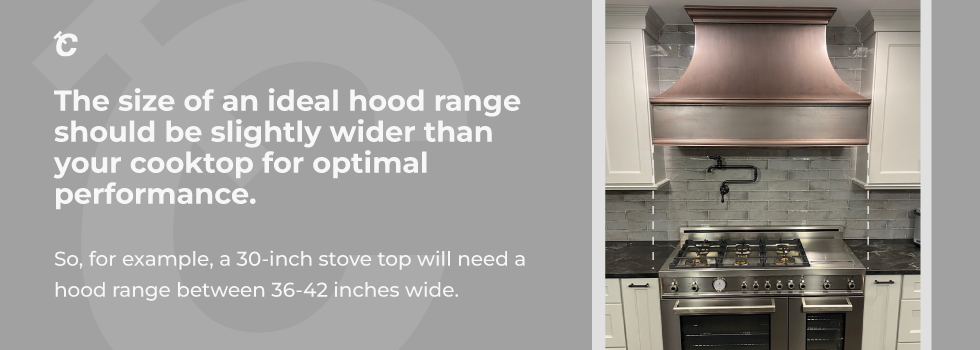
The answer will be determined by the type of stove you have.
For an electric cooktop, range hoods do best when placed at least 20-24 inches from the cooking surface.
The hood range must have at least 24-30 inches of space above the cooking surface if you have a gas cooktop.
How to Measure for a New Vent Hood
The best way to find out how much space you need for a new kitchen ventilation system is to measure it yourself. Having the dimensions of the space you're working with is essential for finding the range with the perfect fit.
Here are some suggestions to help you achieve accurate measurements.
The width of your cooking surface
To determine the width of your cooking surface, begin on one side of the stove and run the measuring tape straight across to the opposing side.
To attain the most accurate measurement, ensure the tape is parallel to the front edge of the cooktop.
The distance between the cabinets
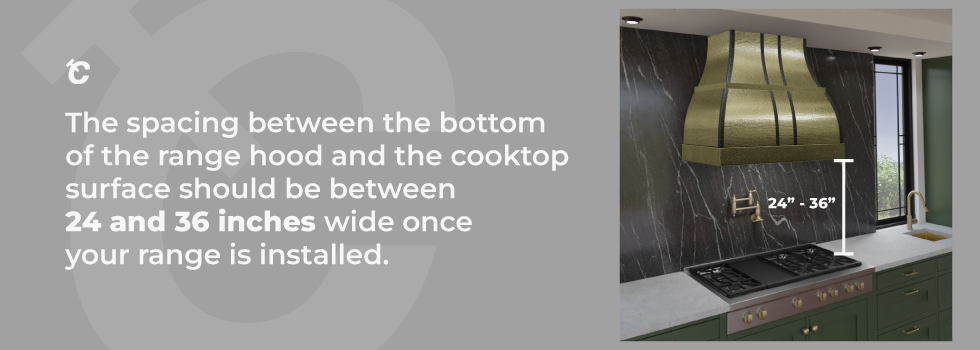
Place the measuring tape on one side of the cabinet cavity above the stove, then straight across to the opposite side.
When taking measurements, always make sure to keep the tape parallel to the surface.
The height of the area above the cooking surface
Secure the measuring tape at the base of the cabinets or the ceiling above the stovetop, then extend it straight down until it meets the cooktop surface.
Remember that the spacing between the bottom of the range hood and the cooktop surface should be between 27 and 36 inches wide once your range is installed.
The depth of the cooking surface
The next step is measuring the depth of the cooktop. This measurement determines how deep the hood range needs to be.
Stretch the measuring tape to the cooktop's outside border to determine the cooking surface's depth.
Secure one end of the measuring tape at the end of the cooktop (excluding the control panel and trim), then stretch the measuring tape to the outside border of the cooktop surface.
Other Considerations for 30" Range Hood Selection
A range hood is an essential piece of kitchen equipment. Not only does it help prevent grease fires, but it also helps keep kitchens clean and free of unpleasant odors.
However, there is a wide variety of range hoods available. So what else should you know before purchasing one?
Aside from the size of the hood, here are some more factors to consider.
Ductless versus ducted
Another factor that you should take into account is the type of ventilation system your hood ranges uses. For example, ductless and ducted are the two most common types of kitchen hoods.
Ductless range hoods (also referred to as recirculating range hoods) do not vent toxins out of your home.
Instead, these hoods filter the air within the range, usually through charcoal filters.
These ranges are ideal for kitchens with limited space and offer more flexibility if you plan to remodel your kitchen and do not want to add additional ducting.
Ducted ranges remove toxins from the air and blow them outside. These ranges are more efficient at keeping the air clean.
Additionally, ducted ranges can save utility costs since they require less power to run in the long term.
Ideally, the rule of thumb for both range types, you should opt for a hood that is 6 inches wider than your stovetop, which would allow for an additional 3 inches on each side.
Cubic feet per minute (CFM)
CFM measures the venting strength of your hood range. A powerful hood will have higher CFM. Your cooking methods or stove type should determine the power of your hood range.
A typical range hood should have at least 100 CFM per linear foot of cooktop.
You can also determine the CFM you need from your stovetop BTU level (British thermal units). For every 100 BTUs, your range requires 1 CFM.
You'll need extra power (a higher CFM) if you:
- Have a high-powered top;
- Your ductwork has two or more elbows;
- Cook often;
- Cook greasy or fried foods;
- Cook spicy foods;
- Prepare foods that produce a lot of cooking odors.
It's important to note that a gas stove can produce carbon monoxide, a harmful and potentially deadly gas. Therefore, proper ventilation is essential for gas stoves.
You should install a more powerful range with extra coverage to ensure your hood range removes all toxins from your kitchen air.
Noise level
The drawback of having a hood range with a higher CFM level is that it will produce more noise. Sones (i.e., unit of loudness) measure the noise produced from kitchen range hoods.
The range's blowers generate the majority of the noise. You can opt for a remote blower if you prefer quieter kitchen hoods.
Remote blowers are installed further away from your range hood, within your ductwork. Local blowers are installed inside of the range hood and produce more noise.
What if your range hood is too small?
You might be wondering why it’s so important to make sure your range is big enough for your stove. Surely, with strong enough fans, it should be able to catch everything that’s coming off of your stove. Sadly, that’s not the case. Range hoods are sizeable for a reason, and they’re not going to work efficiently if they’re not big enough and close enough to your oven.
The purpose of your rangehood is to extract odors and grease from your kitchen, and they do a great job of it, too. However, you may find that a smaller range hood has a difficult time catching all of the greases that it’s supposed to - leading to more cleanup to do in the kitchen. Grease can be difficult to clean, so the less of it you have to deal with, the better. A smaller range hood leads to a dirtier kitchen, which leads to more time put into cleaning.
A smaller range hood may actually work out to be more expensive in the long run, too. While a larger range hood might be more expensive upfront, it will cost less energy to effectively extract the air around your oven. A smaller range hood will have to work harder on higher power if it’s going to get everything - and even then it may still be less effective. The energy costs aren’t worth the difference - so it’s important you’ve got a range hood that fits your cooktop.
If the area above your stove isn’t big enough to accommodate a range hood, you’ll likely want to consider either using a different style of a range hood or rearranging your cupboards. Ductless range hoods, for example, can take up less space, and won’t need to be vented outside - which makes for an easier and cheaper installation - but they can be more expensive to run if you use them for a long time. It’s not worth investing in a range hood if you’re not going to get the proper use out of it, so make sure you’ve got the space in your kitchen to fit your new range hood. They’re big and bulky, but they’ll prevent your kitchen furniture from getting greasy - and will help to keep the room cleaner for longer.
What if your range hood is too big?
Generally, having a range hood that’s too big is mostly more of an inconvenience to work around. It will stick out further than necessary, and won’t be doing more than a range hood that’s just the right size. You might find that you’re using more energy than necessary, and it doesn’t look as appealing as it would if it fit your kitchen properly.
The consequences aren’t as big as a range hood that’s too small for your kitchen, but it does nothing for you - and you could end up paying more money for your range hood than that’s strictly necessary. Overall, it’s better to just make sure you’re getting the measurements right, and going with what’s recommended for your stove size.
Planning your range hood
Picking out the right range hood for your kitchen is never easy, there are so many options, and regardless of size - you should make sure you pick a style that matches the room. Whether you’re going for minimalistic, contemporary, or farmhouse - there’s a rangehood for every style, but how can you possibly know what’s going to look best? Well, there is a way, and that’s using the 3-D configurator on each product page on this site. You can get an easy look at different angles of every product, as well as configure it out how you want it to be.
That means you can choose the size, the finish, the texture, and more - the details are limitless. You’ll be able to plan out every last detail of your range hood, so it fits into your kitchen perfectly, color, style, and size.
Something that’s often difficult with custom products is determining the price with all of your preferences, but that’s also made easy. Once you’ve finished configuring your range hood to be just how you want it, you can get a quote to give you an idea of how much that is going to come to, which you’re not obligated to follow through with.
Ordering range hoods online can be risky at times, but when you have so much freedom to personalize it yourself, it’s difficult to make a mistake.
Conclusion
The size of an ideal hood range should be slightly wider than your cooktop for optimal performance. So, for example, a 30-inch stove top will need a hood range between 36-42 inches wide.
A larger hood range is required for outdoor stoves, ceiling mount ranges for island cooktops, and gas stoves.
Your cooking style, stove type, range type, and ventilation system will determine the precise width.
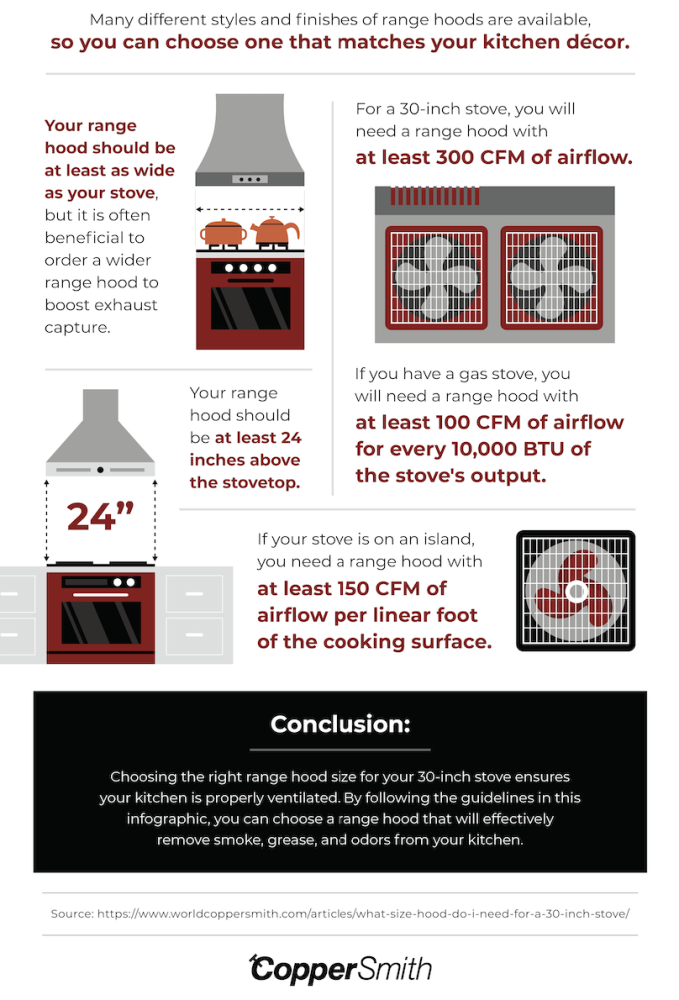
If you are searching for a quality range hood, CopperSmith has custom hood ranges available in options for both ductless and ducted ventilation systems.
Visit the CopperSmith website to find your perfect hood range, or submit a request for a custom quote!
Sources:
https://kitchenambition.com/range-hood-size/
https://robamliving.com/blogs/news/why-a-range-hood-should-be-wider-than-your-cooktop

